Coventry, Butcher Row 1892
Photo ref:
30916A


More about this scene
Coventry has undergone massive redevelopment since the end of the second world war, not only with projects such as the Broadgate shopping precinct, but an American-inspired partly-elevated ring-road that surrounds the old city centre. Few streets still follow their original medieval plans, though not all have been lost since 1945. Butcher Row went long ago.
Add to Album
You must be signed in to save to an album
Sign inShare This Photo
Buy a Print
Unframed, Mounted, Framed and Canvas prints in a range of sizes and styles.
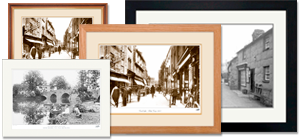
View Sizes & Prices
A Selection of Memories from Coventry
For many years now, we've been inviting visitors to our website to add their own memories to share their experiences of life as it was, prompted by the photographs in our archive. Here are some from Coventry
Sparked a Memory for you?
If this has sparked a memory, why not share it here?




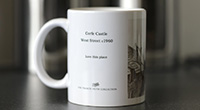
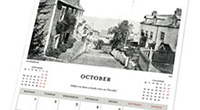

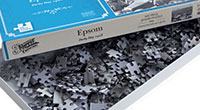
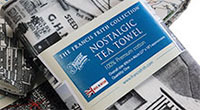

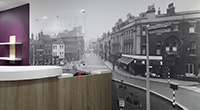

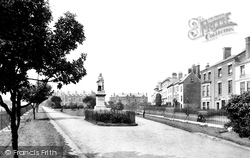
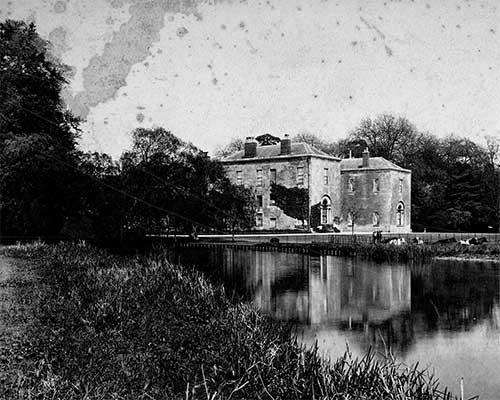 Before
Before
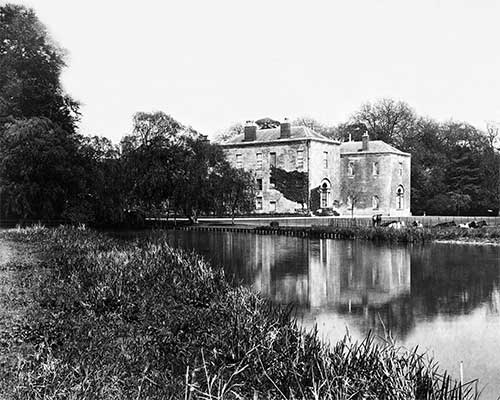 After
After